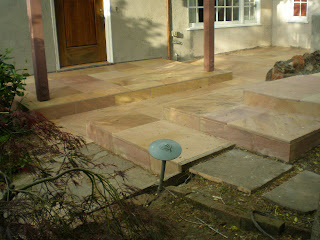
If you have a room in your house or office that you would like to renovate, here is an exercise in planning the color design. Stand in the middle of the room and think to yourself: What purpose(s) will this room have? What theme do I desire? What colors do I personally like and dislike? Which colors appear in my dream getaway vacation? From your responses to these questions, the colors best suited to that room might come to you.
Colors affect us physiologically. Some colors stimulate our appetites, others encourage discussion, still others make us feel optimistic or calm. Can you identify which colors apply to which effects? Here are some examples:
Red stimulates the appetite.
Yellow encourages discussion and induces optimism.
Green makes us feel calmer.
All colors do not need to match in one room. Non-matching colors can lend depth and interest when applied correctly.
Follow nature's lead: Choose darker values of color for the floor, medium values for the walls, and light values for the ceiling. This mimics the ground or forest floor, the trees, valleys and hills above the ground, and the sky.
Add an accent of black for a dramatic effect. This could take the form of black chairs or stools, a black shower curtain, or black pillows. Black in a white room creates grounding and dramatic contrast.
The Latest Color Trends
The "Tuscan" look is popular and utilizes earth tones such as browns, yellows, desert red shades and forest greens.
The "Southwest" look is also appealing to many, and calls for earth tones plus turquoise and teal.
"Island Colonial" requires nature tones plus dark brown accents. An example is yellow-green, yellow, yellow-orange and dark brown.















